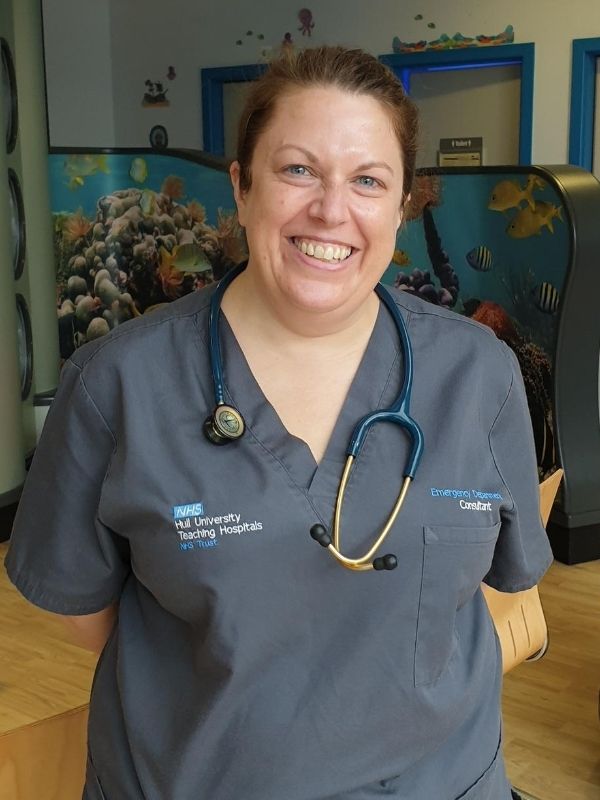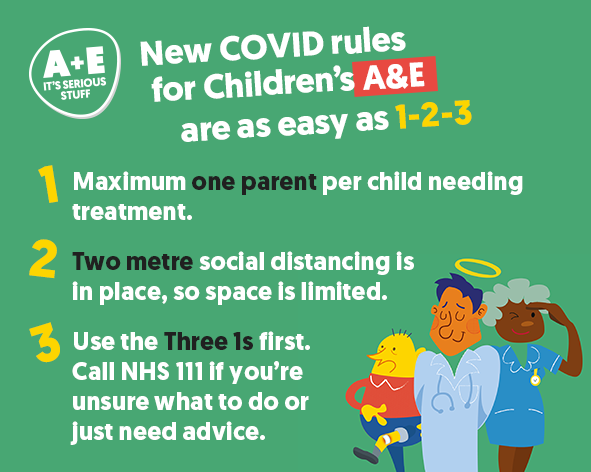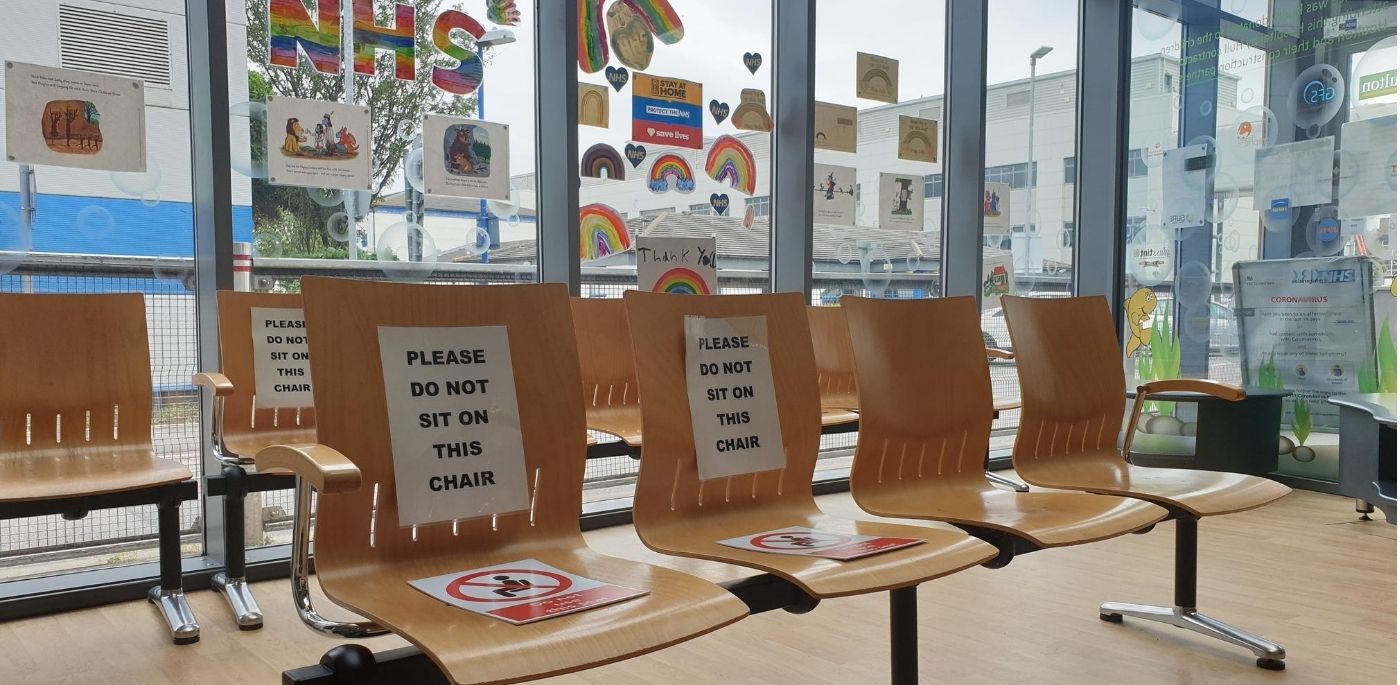Changes have been introduced at Hull Royal infirmary to protect some of the hospital’s youngest patients, but staff are stressing that they’re as easy as 1-2-3.
In recent weeks, new rules have been brought in by Hull University Teaching Hospitals NHS Trust to protect patients, staff and visitors across HRI and Castle Hill from the potentially fatal COVID19.

Now staff working in the Children’s Accident & Emergency Department are keen to explain what they’re doing to keep people safe too.
Dr Liz Herrieven, paediatric consultant in emergency medicine (pictured left) says:
“People are largely familiar with the ideas of social distancing and face coverings now, but if a parent needs to bring their child to A&E, they may not necessarily know how the rules impact them and whether the rules are different for children.
“We would always encourage parents, where they can, to seek treatment for their child closer to home in the first instance. Many children are being brought into A&E right now with routine complaints such as sunburn, insect bites, heat rash and verrucas which could be more easily – and more safely – treated at home.
“If the child’s problem is serious, however, the rules within Children’s A&E are very similar to other parts of our hospitals, and we’re saying they’re as easy as 1-2-3:
1 – Only one parent is allowed to wait with each child in need of treatment – sorry, no siblings are able to wait with you
2 – Two metre social distancing is required, so the number of seats and the amount of space available in the waiting area has been reduced to keep people safe
3 – Remember the three 1s. If you’re unsure what to do, call NHS111 first. They can provide over-the-phone advice, tell you the best place to seek treatment, and if your child still needs to come to A&E, they’ll let you know.
Dr Herrieven says parents should not become complacent:
“While COVID19 has been more serious in the older end of the population so far, children are by no means immune to the disease.

“No one would deliberately put their child in harm’s way, but in the middle of a global pandemic, that’s just what parents could be doing if they bring a child to hospital who doesn’t need to be here.
“We are doing our utmost to protect people; we have put measures in place around social distancing, handwashing, face coverings, and we’re limiting each party to two people – one parent and one child – in the department at any one time, but parents also have a role to play in thinking whether they need to be here at all.
“The majority of childhood illnesses, along with the usual summertime, bumps, bruises, cuts and scrapes can be treated at home or with advice from your local pharmacist. More serious problems such as cuts which need stitching, sprains, animal bites and even some suspected fractures can also be sorted at one of the local urgent treatment centres.
“If we see a second spike of COVID19, we’re going to find ourselves under severe pressure and we’ll need to prioritise the most seriously unwell children. It’s important, therefore, that parents start to use the full range of NHS services available to them now. We know parents were doing this during the height of the COVID outbreak in March, April and May when they wanted to avoid hospital, so we know they can do it again, and help us make what’s set to be a busy winter that bit more bearable for everyone.”

